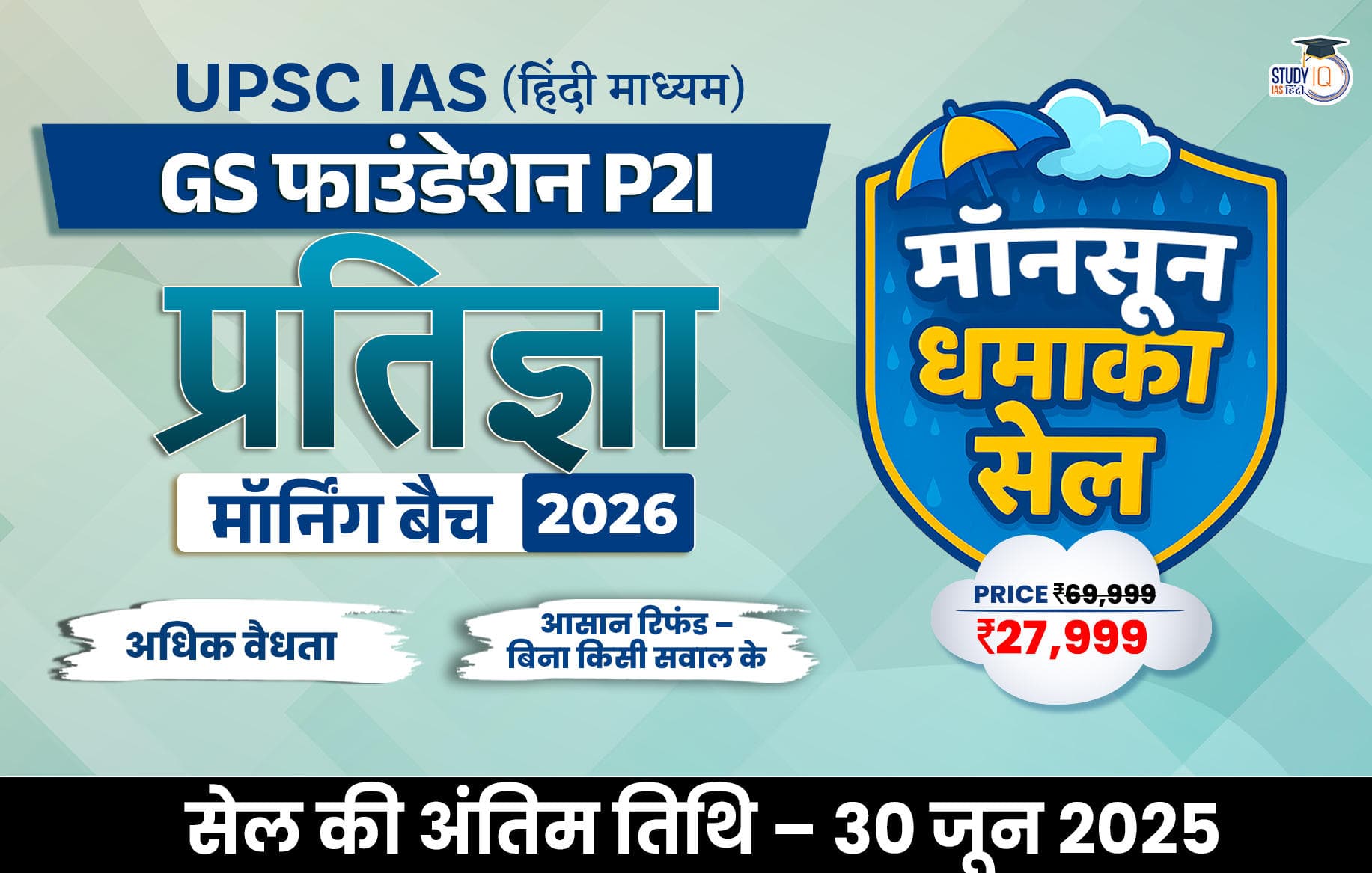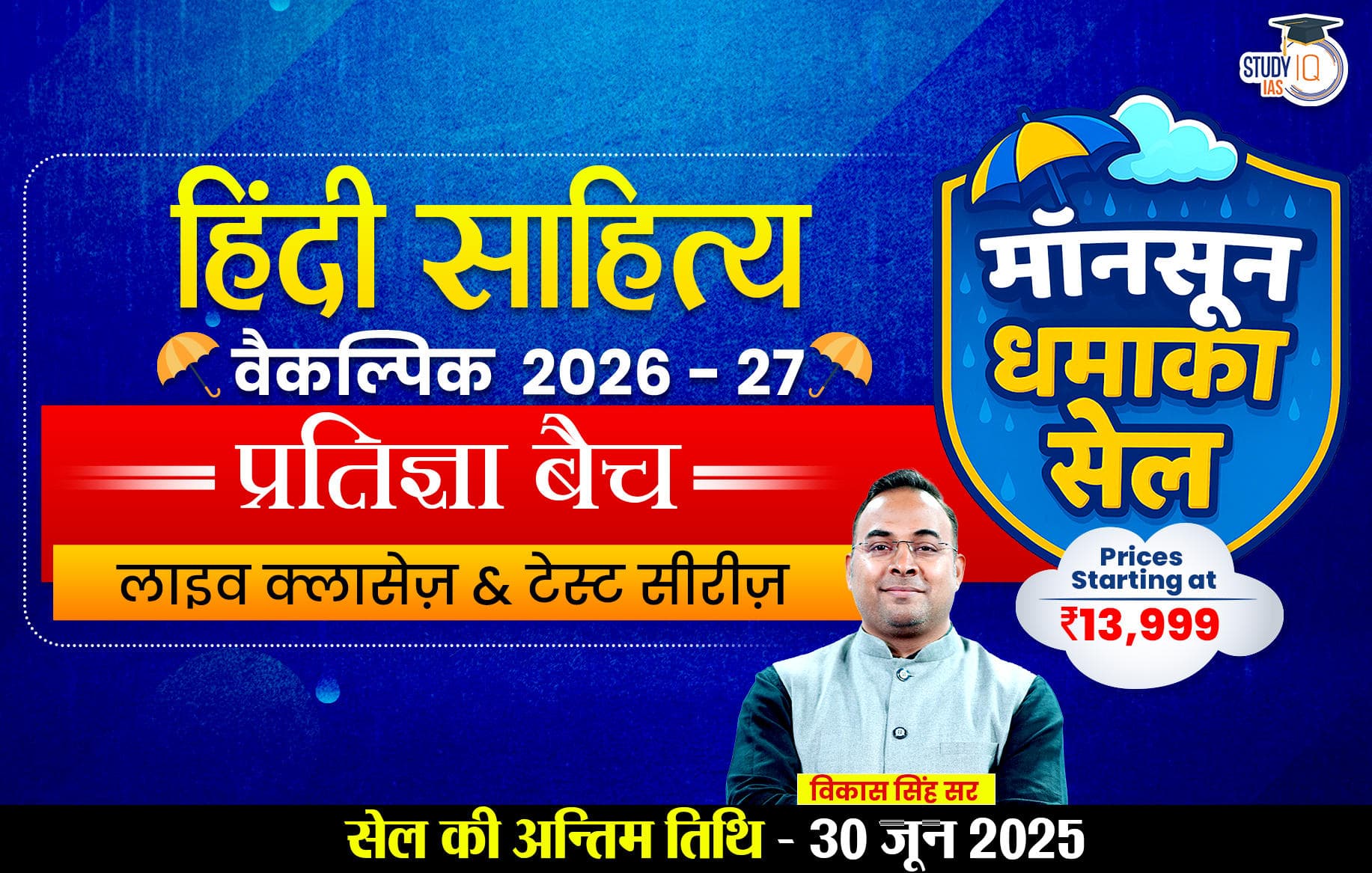Table of Contents
Sardar Vallabhbhai Patel, known as the Iron Man of India, played a pivotal role in India’s freedom struggle and post-independence integration. On December 15, the nation pays tribute to his enduring legacy and contributions on his death anniversary. Leaders across the country, including Prime Minister Narendra Modi, remember Patel’s extraordinary leadership that shaped modern India.
Sardar Vallabhbhai Patel Death Anniversary
India observes Sardar Vallabhbhai Patel’s death anniversary on December 15 to honor the Iron Man of India and his contributions to national unity. Patel, India’s first Deputy Prime Minister and Home Minister, played a key role in integrating 562 princely states into a united India. His vision and leadership remain an inspiration for generations. Patel passed away in 1950 and was posthumously awarded the Bharat Ratna in 1991 for his unparalleled service to the nation.
Amit Shah flags off ‘Run for Unity’ in Delhi
Union Home Minister Amit Shah inaugurated the ‘Run for Unity’ at New Delhi’s Major Dhyan Chand National Stadium on October 29, 2024. This event was held ahead of Sardar Vallabhbhai Patel’s birth anniversary, commemorated every year as Rashtriya Ekta Diwas or National Unity Day. This annual event underscores Patel’s extraordinary role in consolidating over 550 princely states into the Union of India, a milestone in India’s journey toward unity. Through this run, the government aims to remind citizens of Patel’s legacy, celebrate his achievements, and inspire continued dedication to national unity.
Why the ‘Run for Unity’ is Celebrated
The ‘Run for Unity’ is organized on October 31 each year to honor Sardar Patel, India’s first Home Minister, who played a pivotal role in uniting the country. Patel’s birth anniversary marks Rashtriya Ekta Diwas, an observance introduced by Prime Minister Narendra Modi’s government in 2014 to inspire and strengthen the ideals of national unity, integrity, and security.
This year, due to the proximity to the Diwali festival, the event was moved to October 29. Reflecting on this, Shah noted, “Today is Dhanteras, and we are organizing the run on this auspicious occasion,” acknowledging both the cultural significance and Patel’s lasting legacy in one of India’s grandest celebrations of unity.
Sardar Vallabhbhai Patel Jayanti
Sardar Vallabhbhai Patel Jayanti on 31 October, also known as Rashtriya Ekta Diwas or National Unity Day. Sardar Patel was the first Home Minister and Deputy Prime Minister of India. He is known as the “Iron Man of India” for his role in the integration of over 500 princely states into the Union of India after the country’s independence in 1947. On this day, people across India pay tribute to Sardar Patel and his contribution to the country. There are various events held to commemorate his life and work, including speeches, marches, and cultural programs.
Check here all about National Unity Day which commemorates on the 31st of October, the birth anniversary of Sardar Vallabhbhai Patel every year.
Sardar Vallabhbhai Patel’s Early Life and Education
- On October 31, 1875, in Nadiad, a small town in Gujarat, India’s Kheda district, Sardar Vallabhbhai Patel was born.
- He was Jhaverbhai Patel and Ladbai’s fourth child.
- His mother was a devoutly religious woman who had a big impact on Patel’s upbringing.
- His father was a farmer and a part-time local official.
- Sardar Patel finished his primary schooling at a school in the nearby village of Karamsad. He moved to Ahmedabad after finishing high school to study at Gujarat College, where he did exceptionally well.
- Vallabhbhai Patel relocated to England in 1900 to pursue a legal education at London’s Middle Temple Inn. He returned to India to practise law after being admitted to the bar in 1910.
Role of Sardar Vallabhbhai Patel in Indian Freedom Struggle
Sardar Vallabhbhai Patel played a significant part in the fight for India’s independence since he was always connected to the Indian National Congress. He was moved by Mahatma Gandhi’s nonviolent ideology and became a devoted adherent. Patel joined the Kheda Satyagraha in 1917 to oppose the British government’s oppressive taxation practices. This action was led by Mahatma Gandhi.
Patel was important in organising the Satyagraha movement and in helping to negotiate a deal with the British government. Patel was chosen to serve as the Gujarat Pradesh Congress Committee’s Secretary in 1920. He was instrumental in the Mahatma Gandhi-led Non-Cooperation Movement that was started in 1920. Patel spent several years in prison after being detained numerous times for his participation in the independence struggle.
Sardar Vallabhbhai Patel and Indian National Congress
Patel was selected to lead the Indian National Congress in 1930. He was a key organiser of the Salt Satyagraha, a national movement that challenged the British government’s control over salt production. Together with other leaders, Patel was detained and imprisoned. After being released from prison in 1931, Patel received an invitation to the Second Round Table Conference in London.
Vallabhbhai Patel was one of the few Indian politicians present at the meeting, which was held to talk about India’s future political direction. Patel returned to India after the meeting and kept up his strong participation in the fight for freedom. He played a crucial role in setting up Mahatma Gandhi’s 1942 Quit India Movement. Patel was taken into custody once more and imprisoned there till 1945.
Reforms Taken by Sardar Vallabhbhai Patel
He made significant efforts in Gujarat and elsewhere to end alcoholism, untouchability, and caste prejudice, as well as to emancipate women. Sardar Vallabai Patels’ hard work resulted in a few more reforms, which are listed below.
Integration of princely states
Upon its declaration of independence, India was split up into more than 500 princely kingdoms, each with its own monarch. The difficult task of fusing these republics into a single India was given to Sardar Patel. He was successful in bringing most of the states under Indian rule by a combination of diplomacy and force, including Hyderabad, Junagadh, and Jammu & Kashmir.
Reorganization of States
Sardar Patel also played a significant role in the rearrangement of India’s states along linguistic lines. He thought that this was essential to fostering unity and ensuring that people could better comprehend and interact with one another. As a result, new states like Gujarat, Maharashtra, and Andhra Pradesh were created.
Civil service Reforms
In addition, Sardar Patel was crucial in modernising India’s civil service. For the purpose of ensuring that the best and most qualified people were chosen for important jobs, he implemented a system of performance-based promotions and assessments. Agricultural and irrigation reforms: Sardar Patel, India’s first Minister of Home Affairs, pushed to enhance irrigation and agricultural practices. He was in charge of building a number of sizable dams and irrigation schemes, such as the Sardar Sarovar Dam and the Hirakud Dam, which transformed India’s agricultural industry.
Public Safety Reforms
The Indian Police Service, India’s first national police force, was established by Sardar Patel. He understood the value of preserving public safety and making sure that law and order were upheld throughout the nation.
Sardar Vallabhbhai Patel Death Anniversary
Sardar Vallabhbhai Patel, also known as the Iron Man of India, died on December 15, 1950, at the age of 75. He was the first Deputy Prime Minister and Home Minister of India and played a pivotal role in the country’s independence and integration. December 15, 2023, is the 72nd death anniversary of Sardar Vallabhbhai Patel. On this day, we remember Sardar Vallabhbhai Patel as a great leader, a patriot, and a visionary. We pay tribute to his contributions to the freedom and unity of India.
What is the Reason for the Death of Sardar Vallabhbhai Patel?
Sardar Vallabhbhai Patel’s cause of death is formally listed as myocardial infarction, commonly known as a heart attack. This information is widely documented in historical records and biographies. He died of a heart attack at Birla House in Bombay, now Mumbai.
Statue of Unity
The Statue of Unity was built in honour of Sardar Vallabh Bhai Patel. On October 31, 2018, Sardar Patel’s 143rd birthday, it was officially opened. The tallest statue in the entire world is the Statue of Unity. It is nearly twice as tall as the Statue of Liberty in the United States (93 metres tall), standing at 182 metres, which is 23 metres taller than the Buddha statue at the Spring Temple in China. It was listed in the Shanghai Cooperation Organization’s “Eight Wonders” in January 2020.
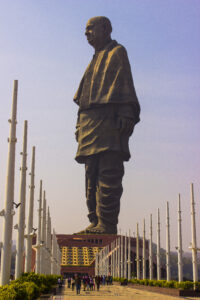
Sardar Vallabhbhai Patel UPSC
Patel served as both the Minister of Home Affairs and the First Deputy Prime Minister of India upon the country’s independence in 1947. It was no minor accomplishment for him to bring more than 500 princely states under the newly established Republic of India. Patel is frequently referred to as the “Iron Man of India” in honour of his work to unify India. He is also recognised for establishing the framework for the current political and administrative structure of India.
The date of Sardar Patel’s death is December 15, 1950. Sardar Patel made numerous and significant contributions to India’s freedom and post-independence growth. India is still feeling the effects of his reforms in the fields of governance, public administration, agriculture, and public safety.

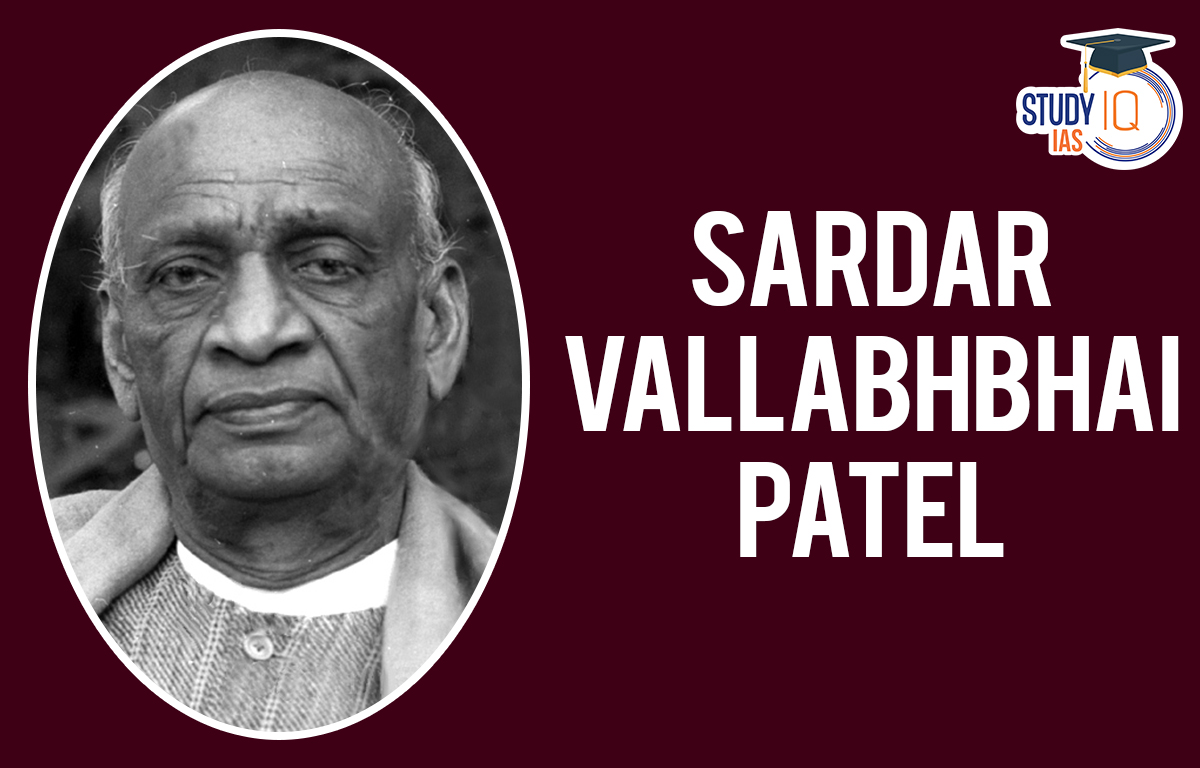
 Tansen Biography, Musical Legacy and Mas...
Tansen Biography, Musical Legacy and Mas...
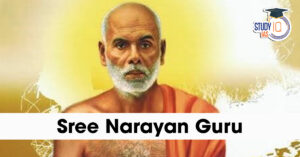 Sree Narayana Guru (1856–1928), Key Mo...
Sree Narayana Guru (1856–1928), Key Mo...
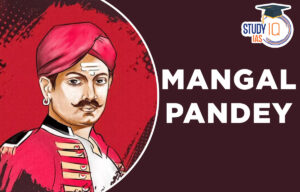 Mangal Pandey Biography, History and Rol...
Mangal Pandey Biography, History and Rol...


